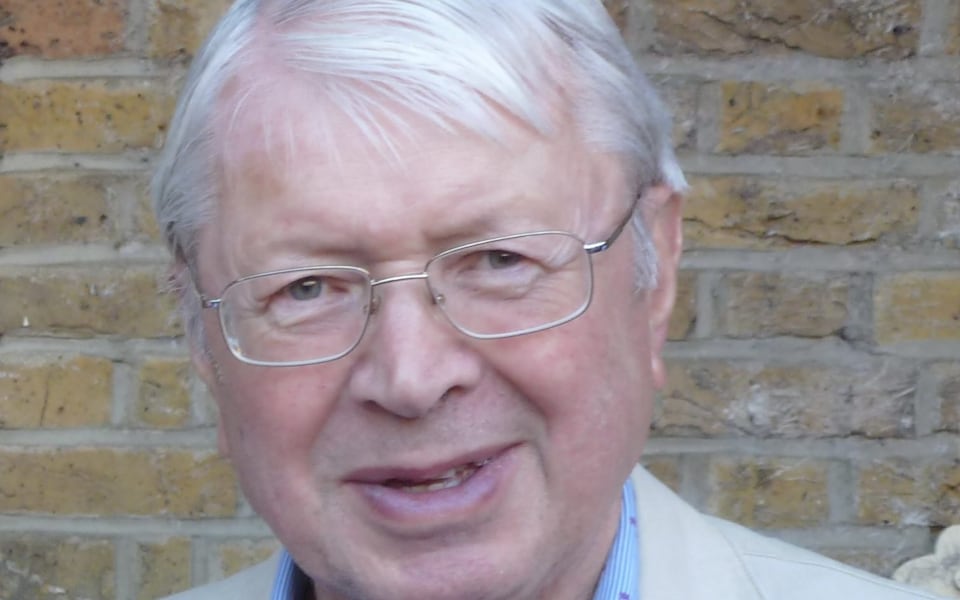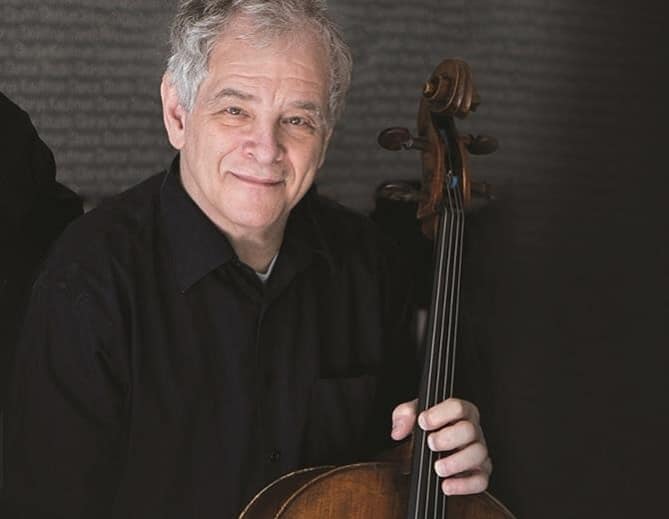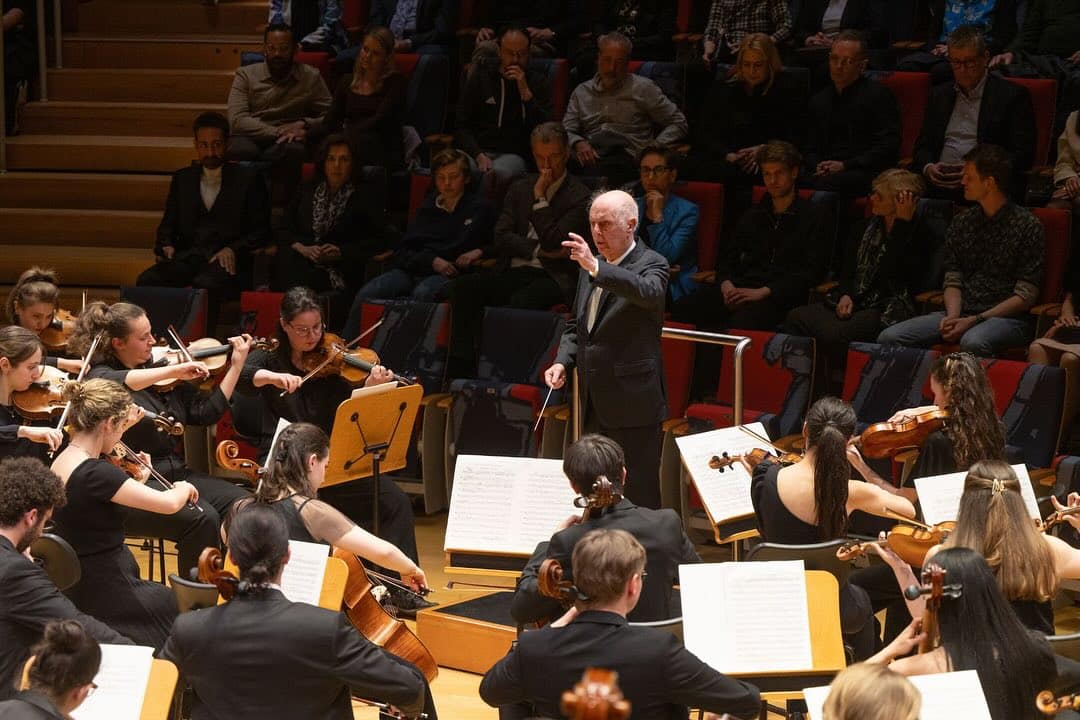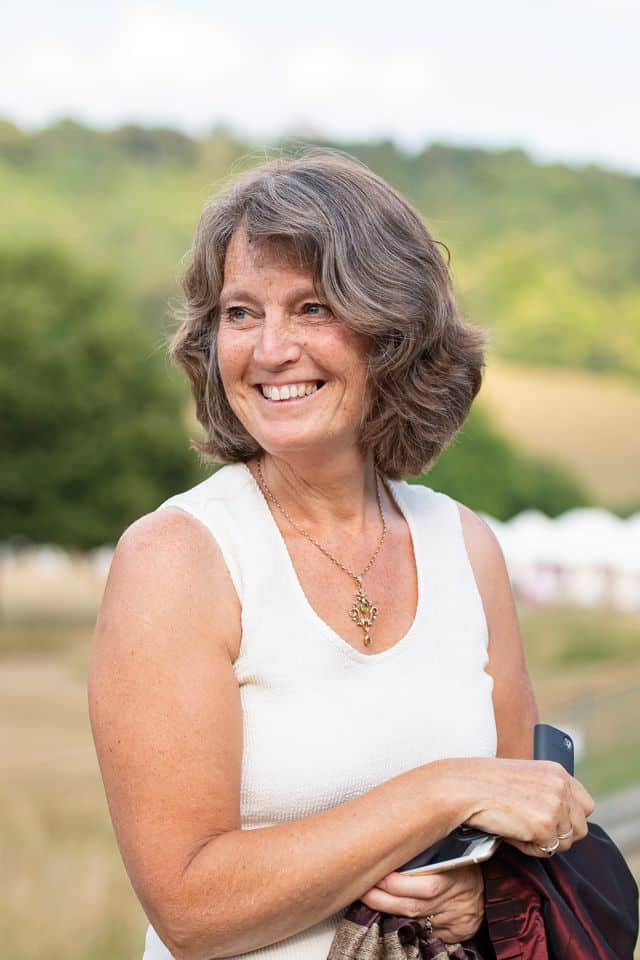Lang Lang plays Glenn Gould
mainHis piano, that is….
Er, moving on…


For 38 consecutive years, the Last Night of…

The death has been made known fo Joel…

The Concertgebouw’s Mahler festival has its first jump-in….

Executive Director Nicola Creed will leave Garsington Opera…

Session expired
Please log in again. The login page will open in a new tab. After logging in you can close it and return to this page.
Comments